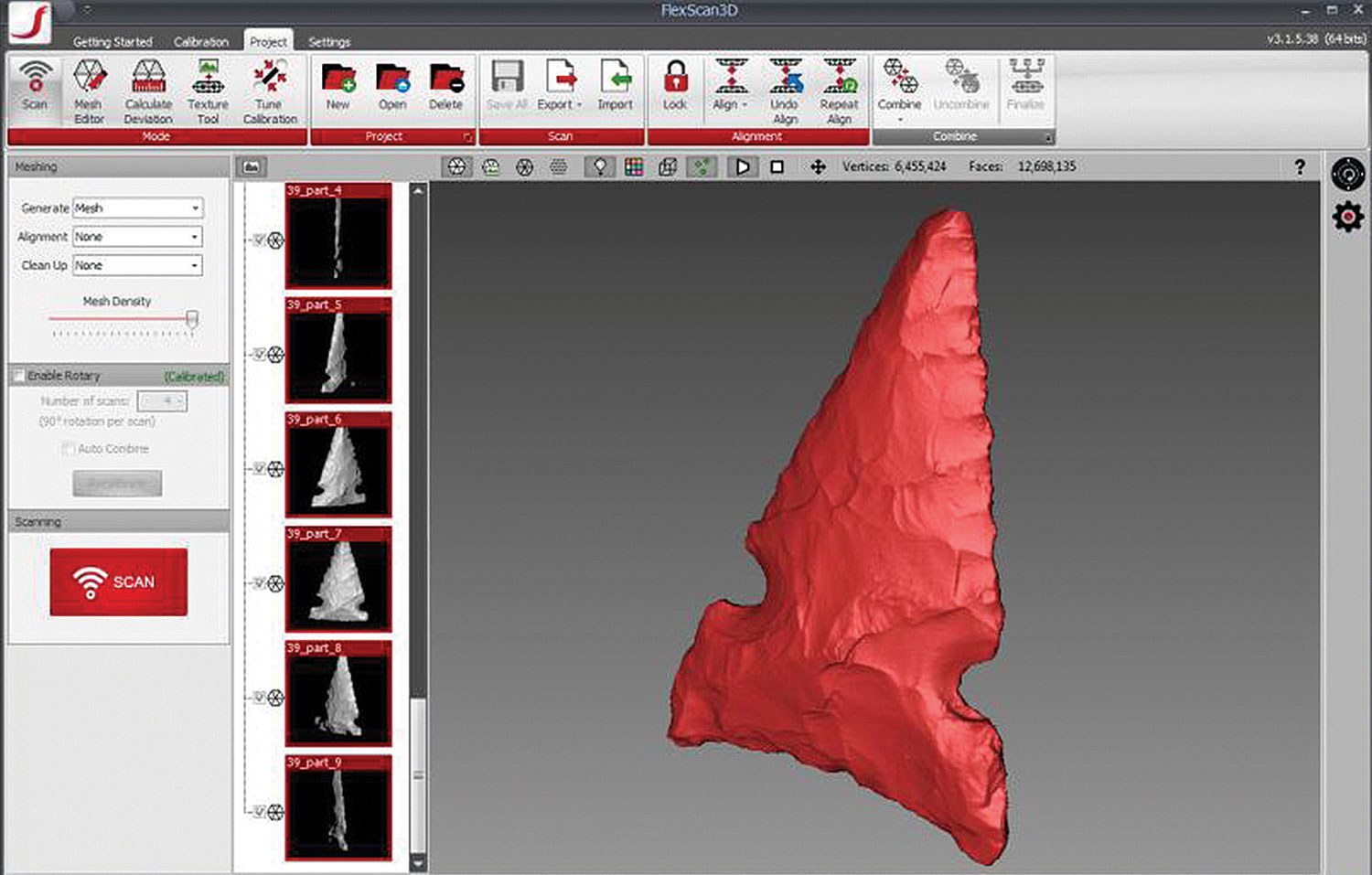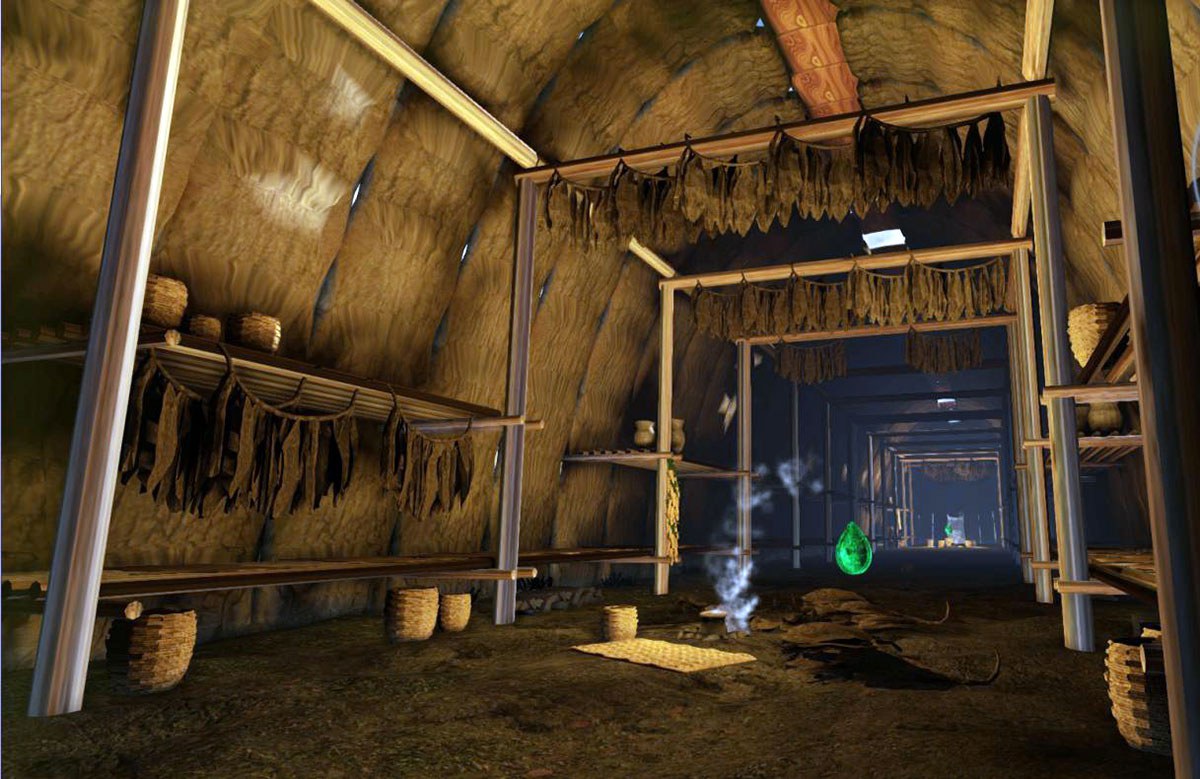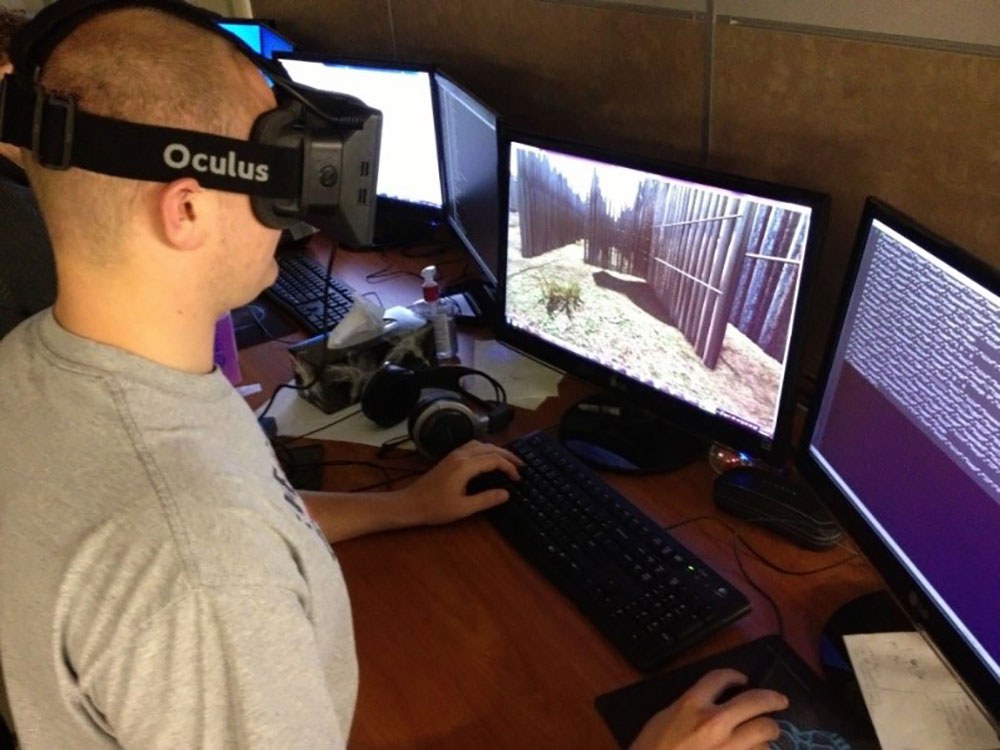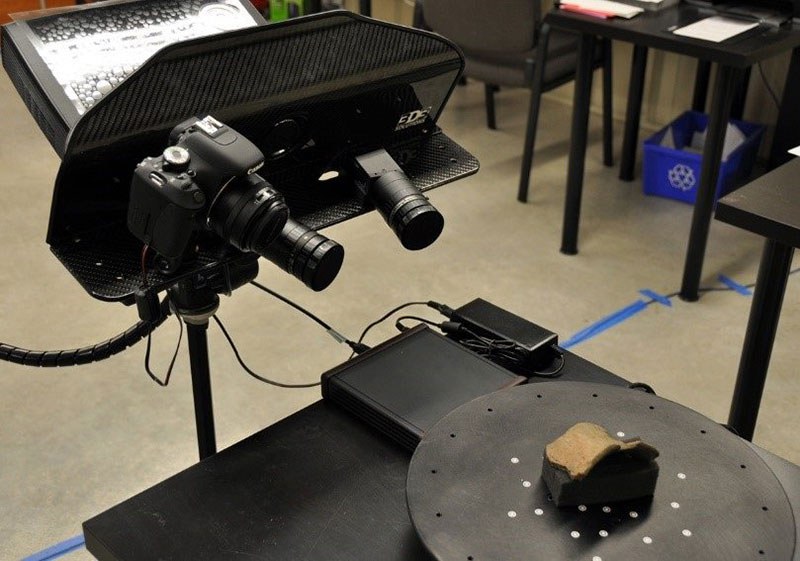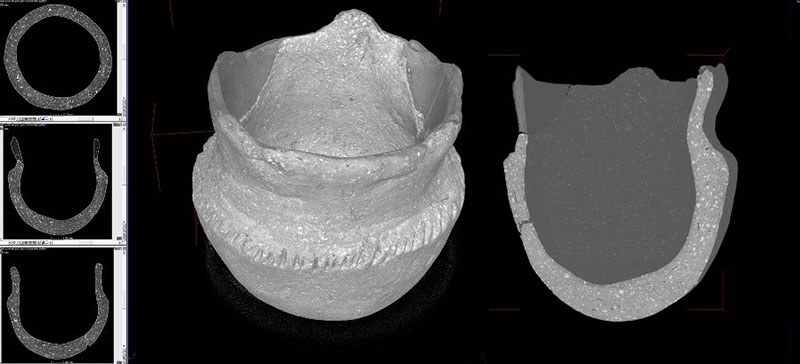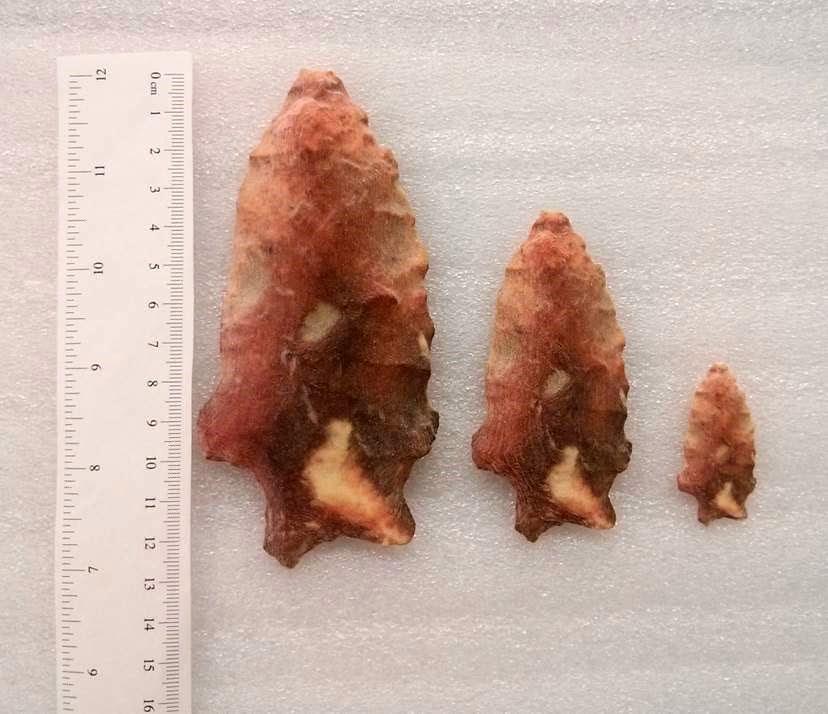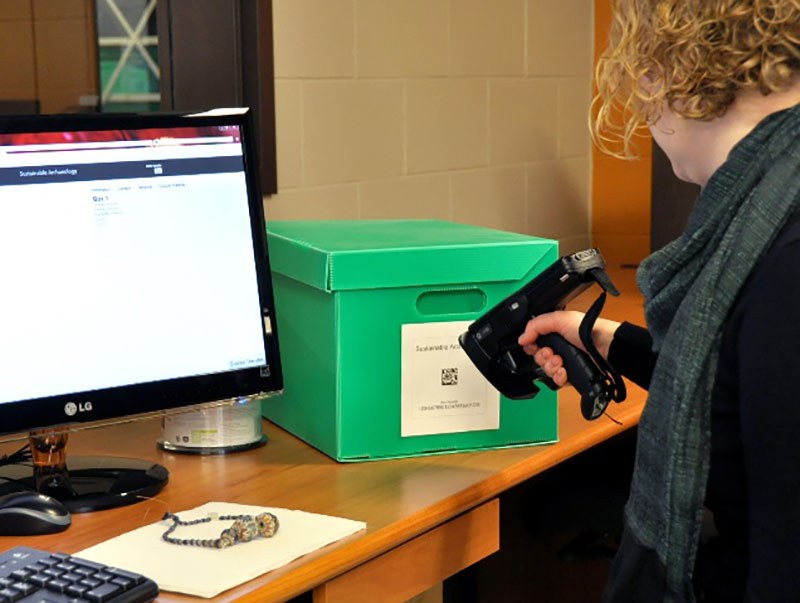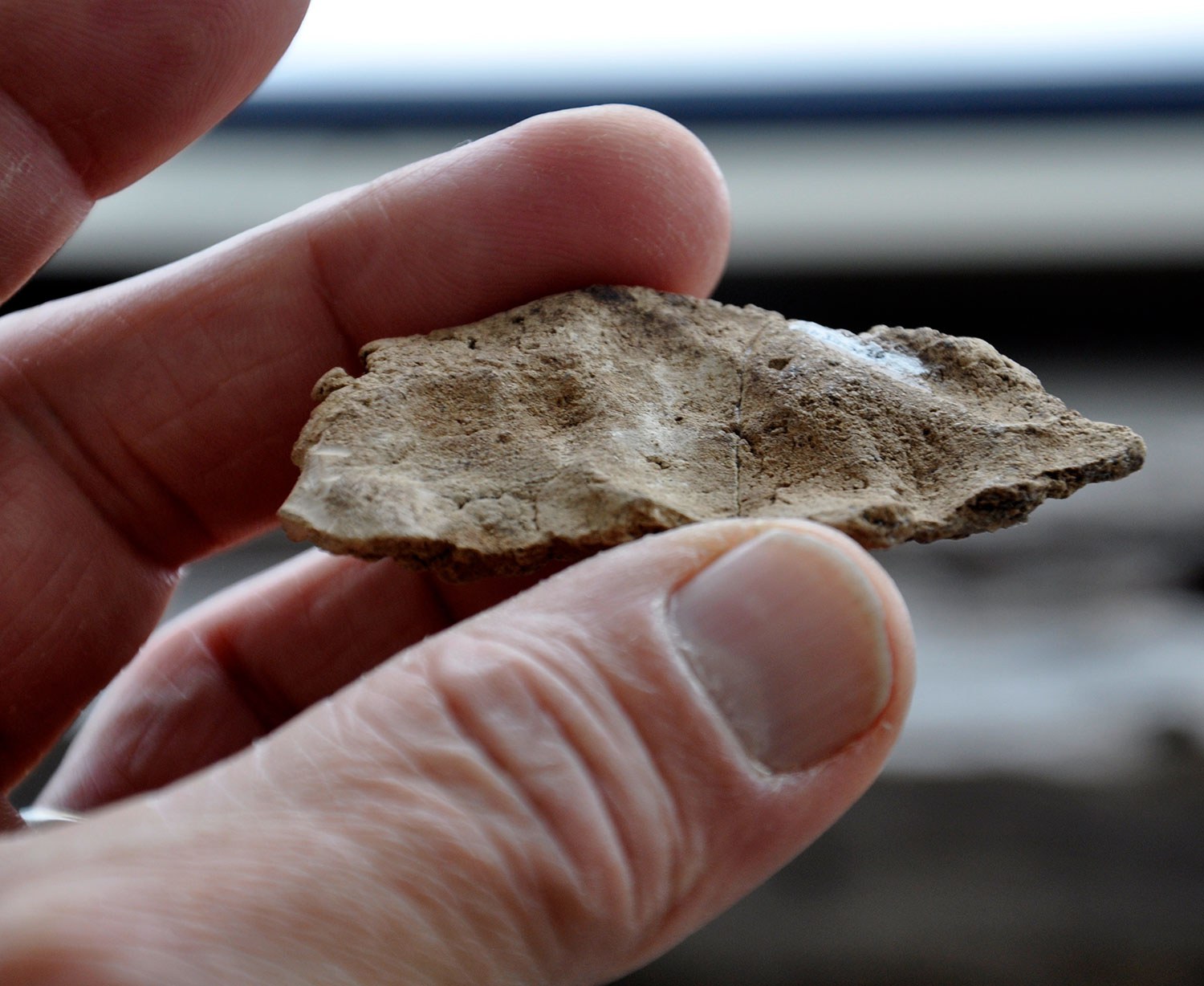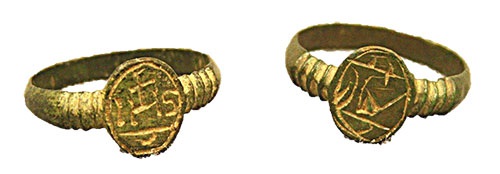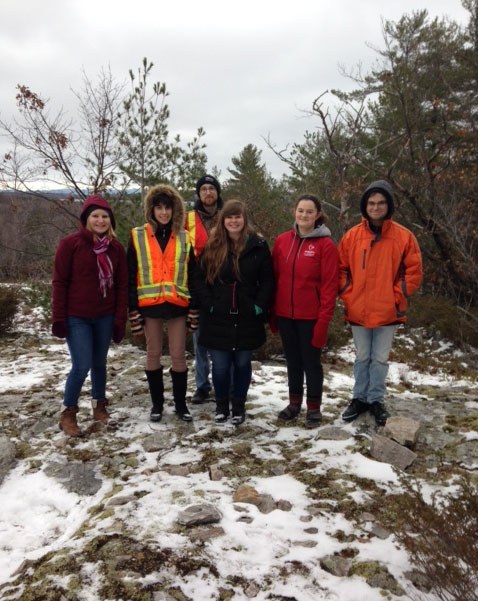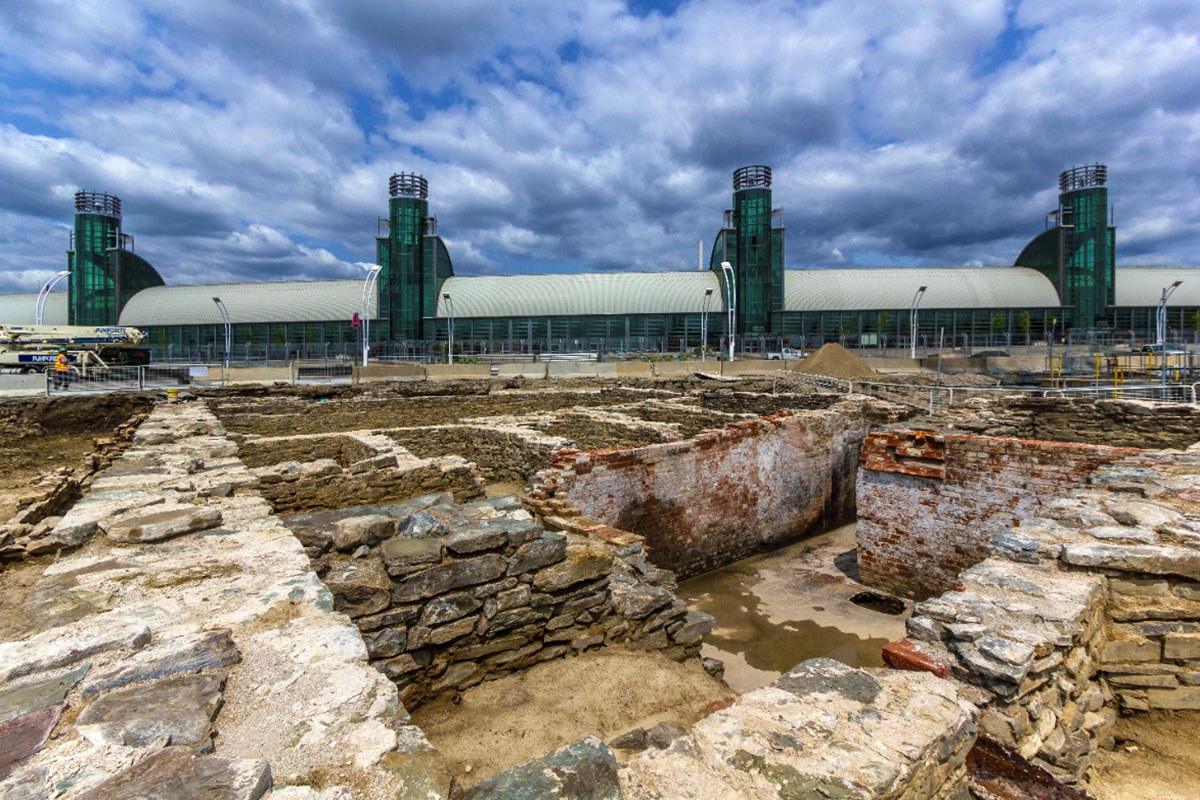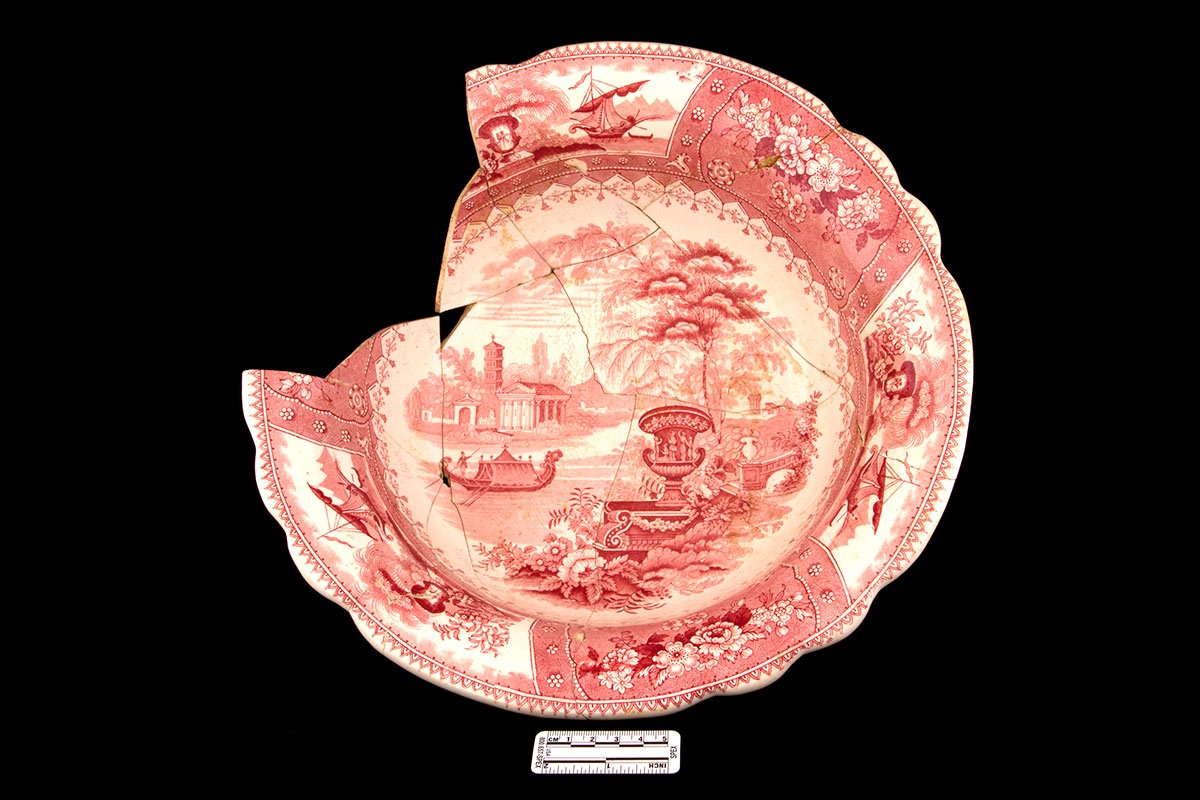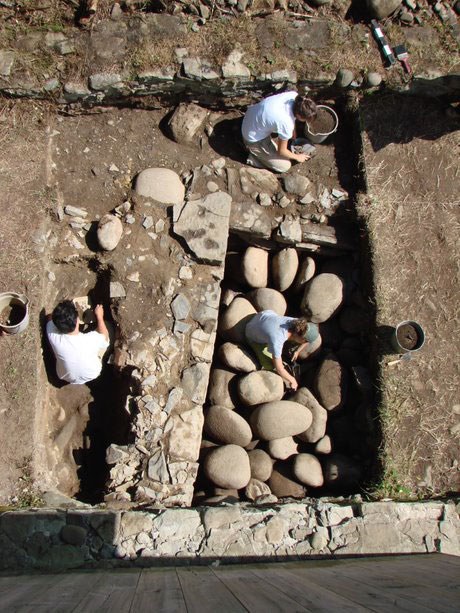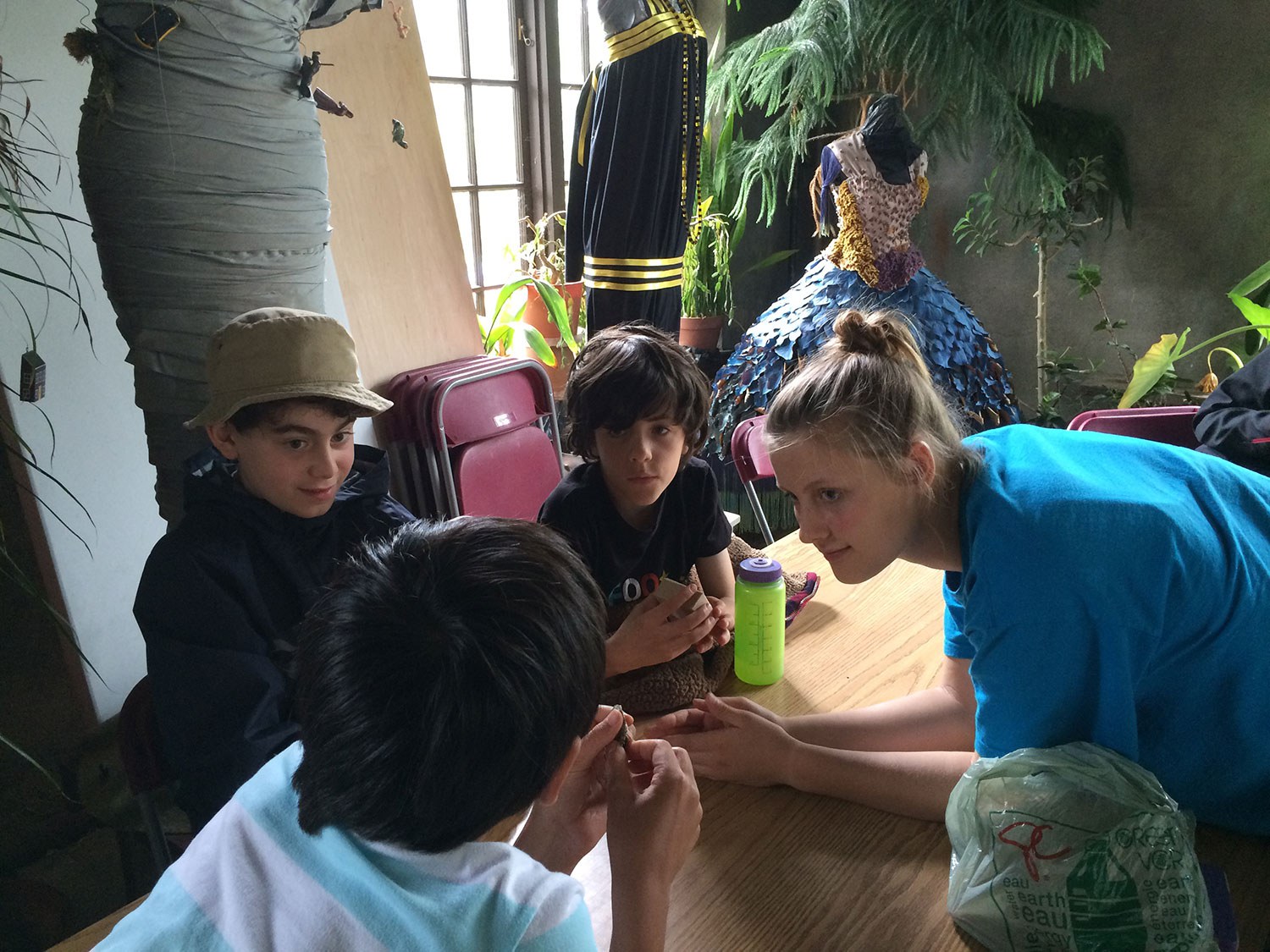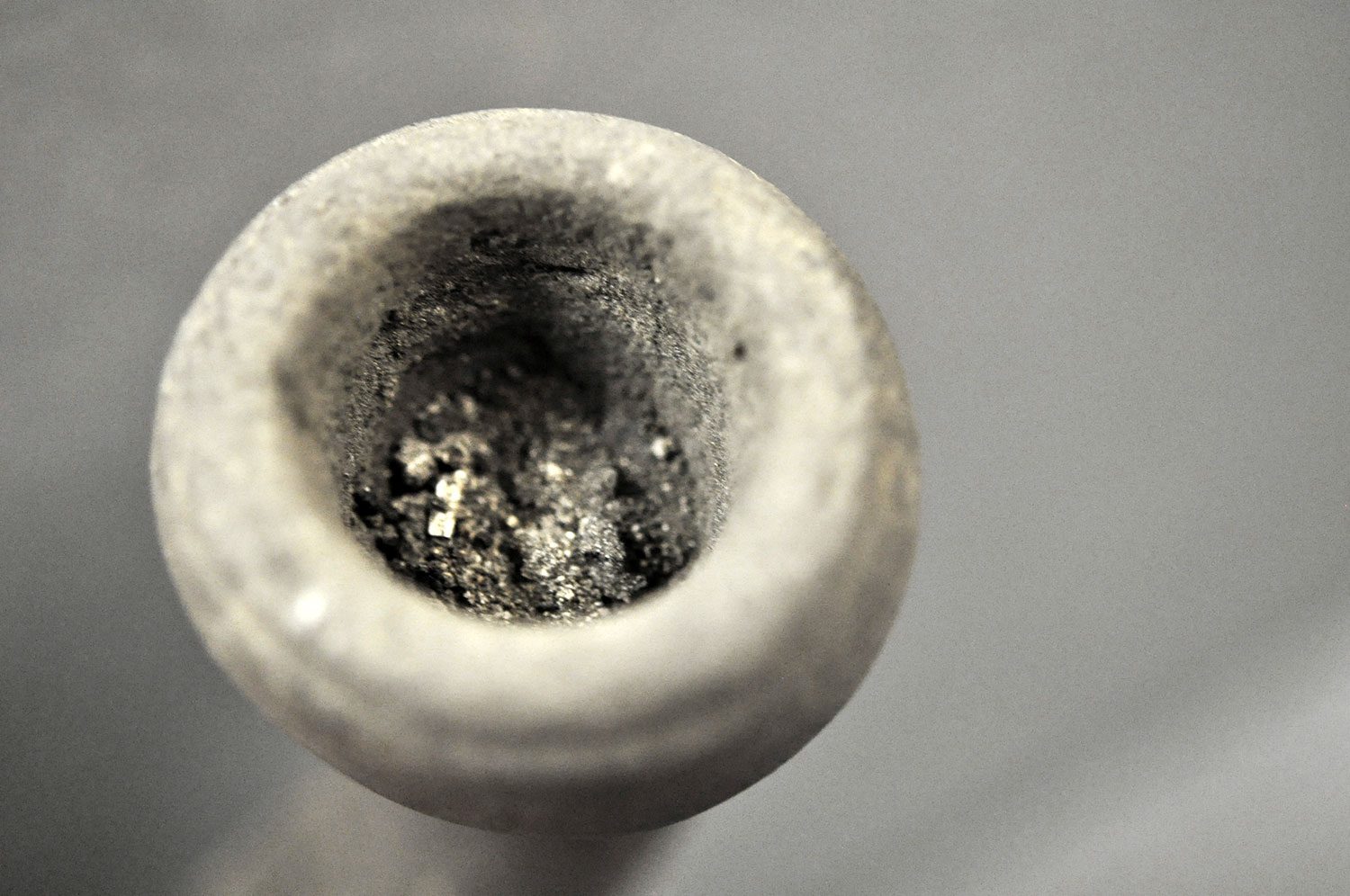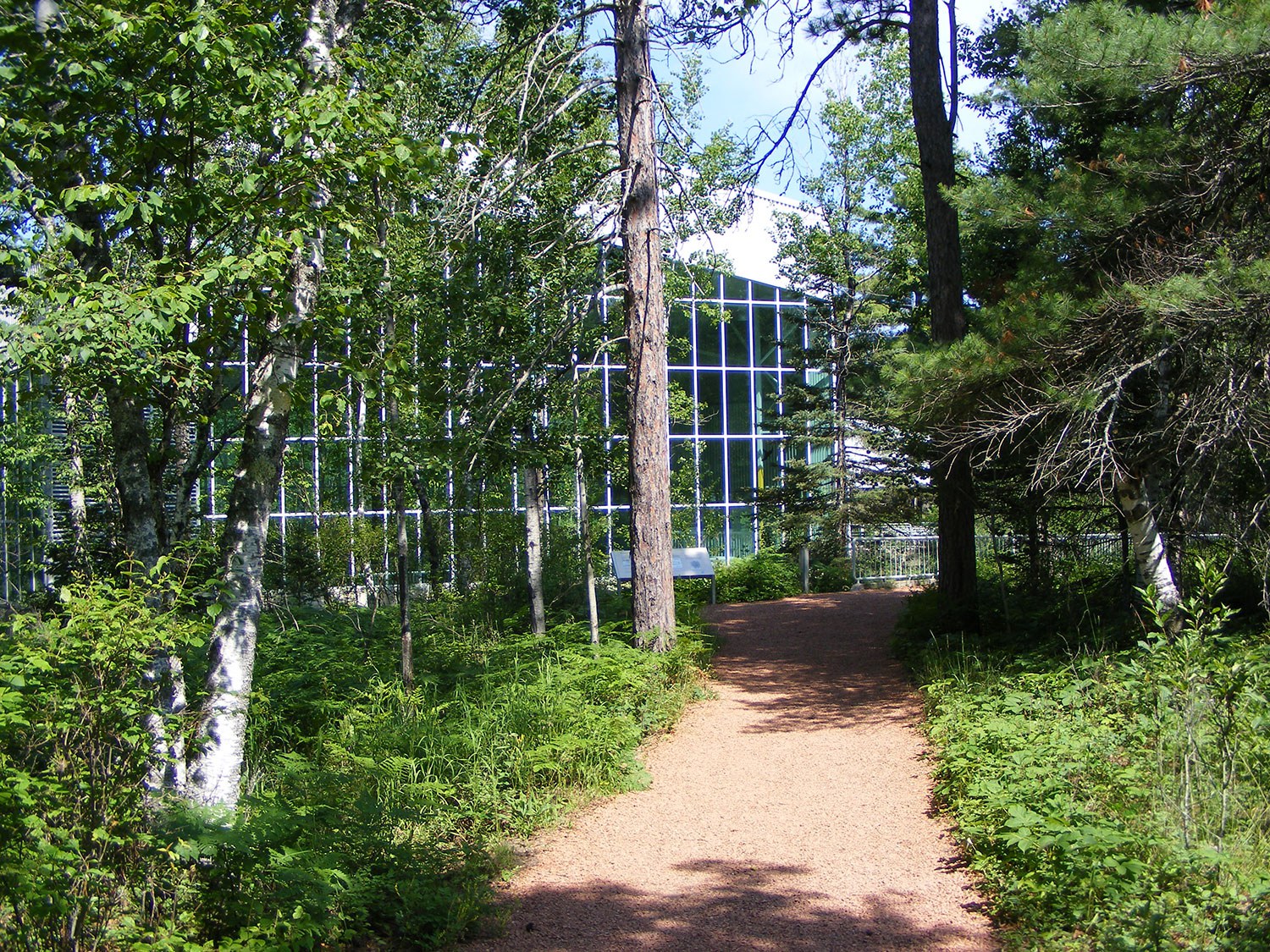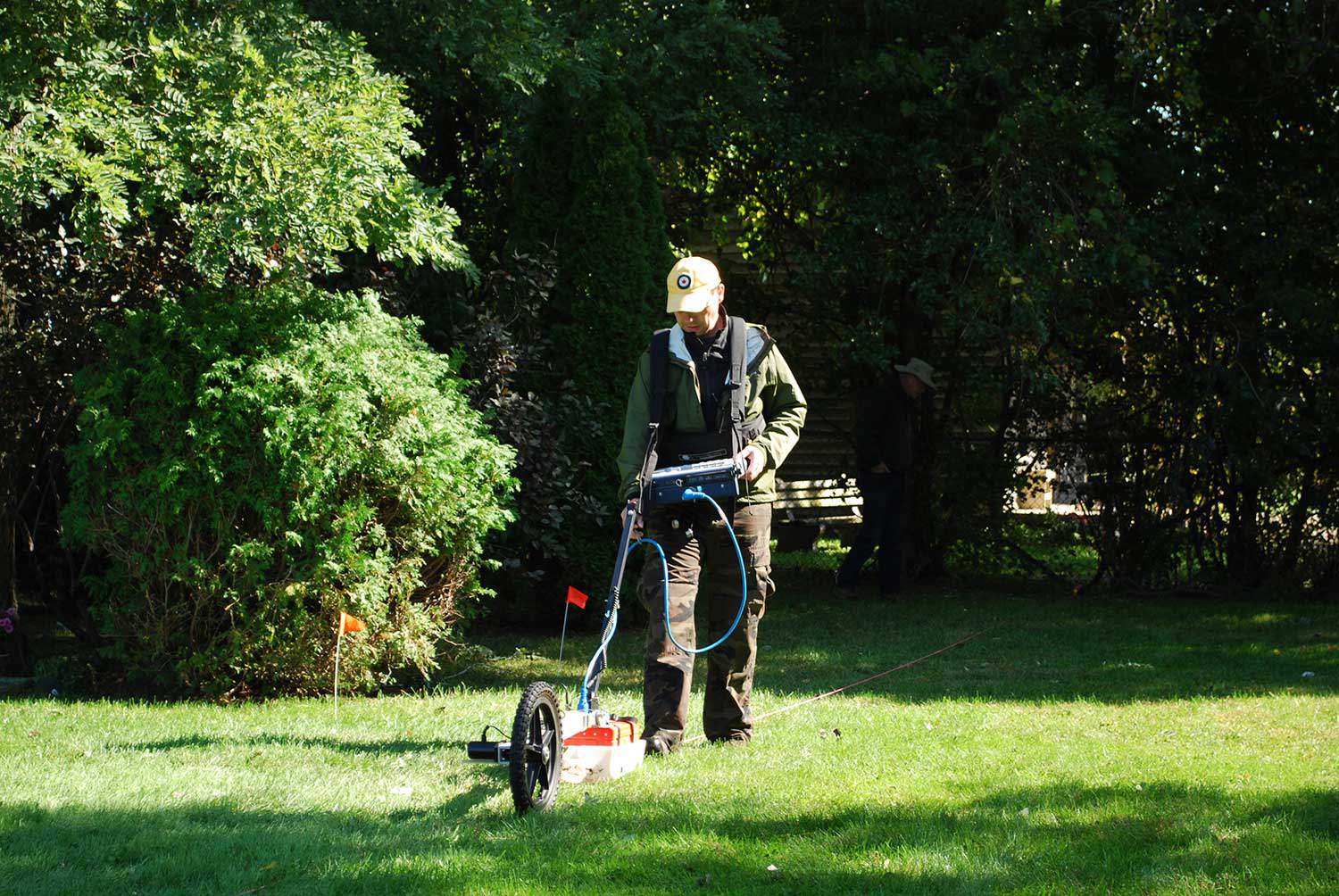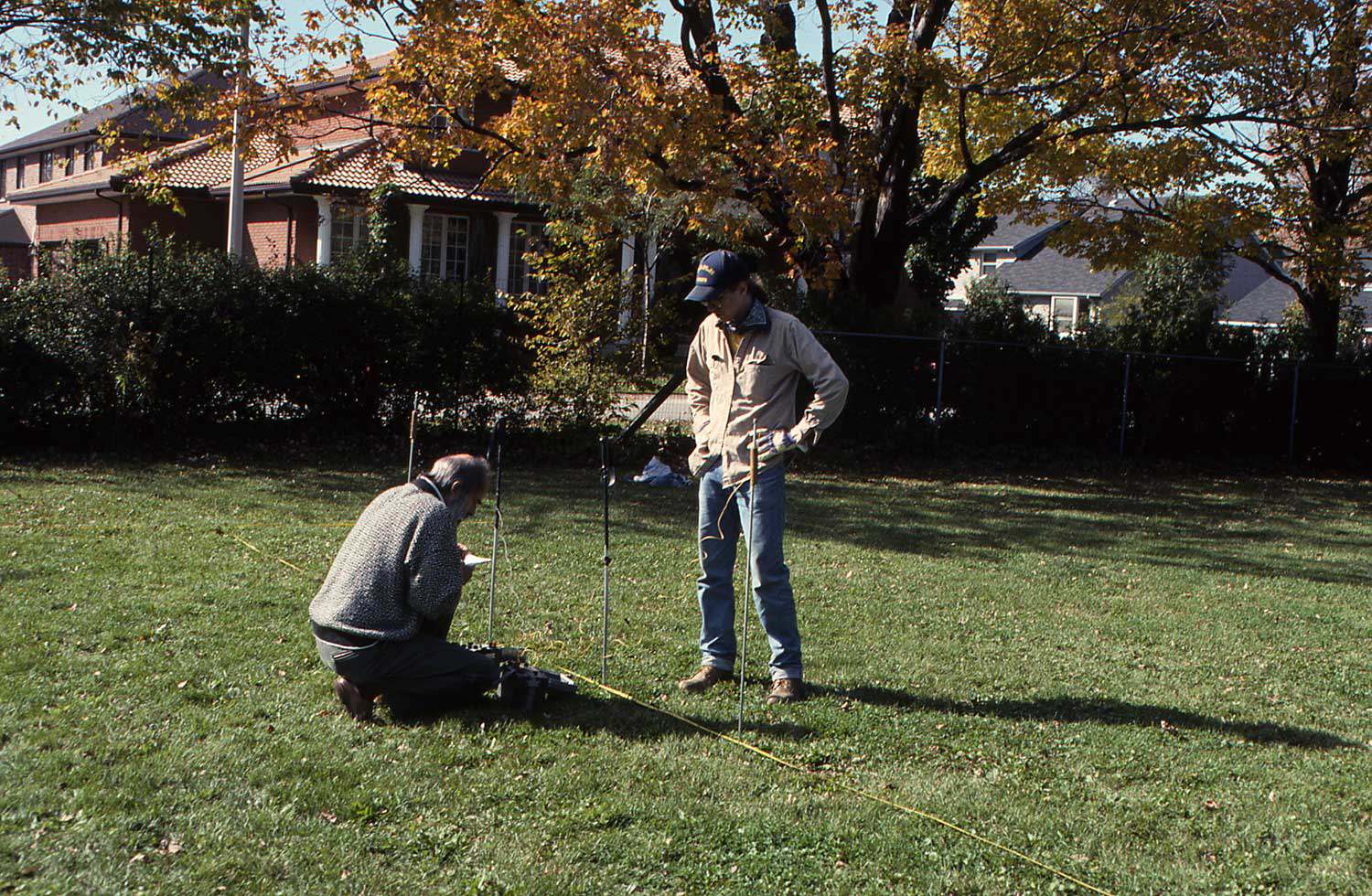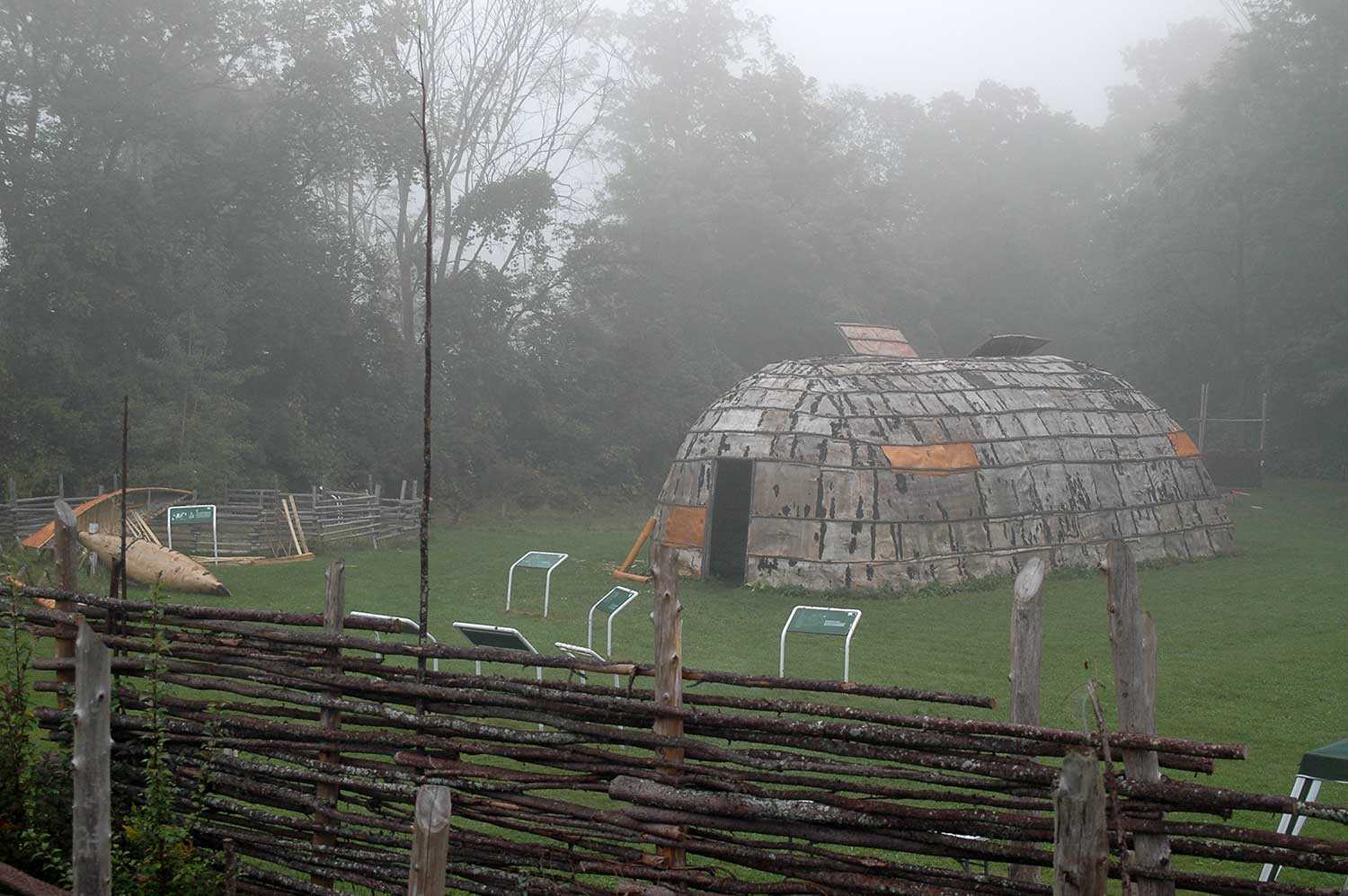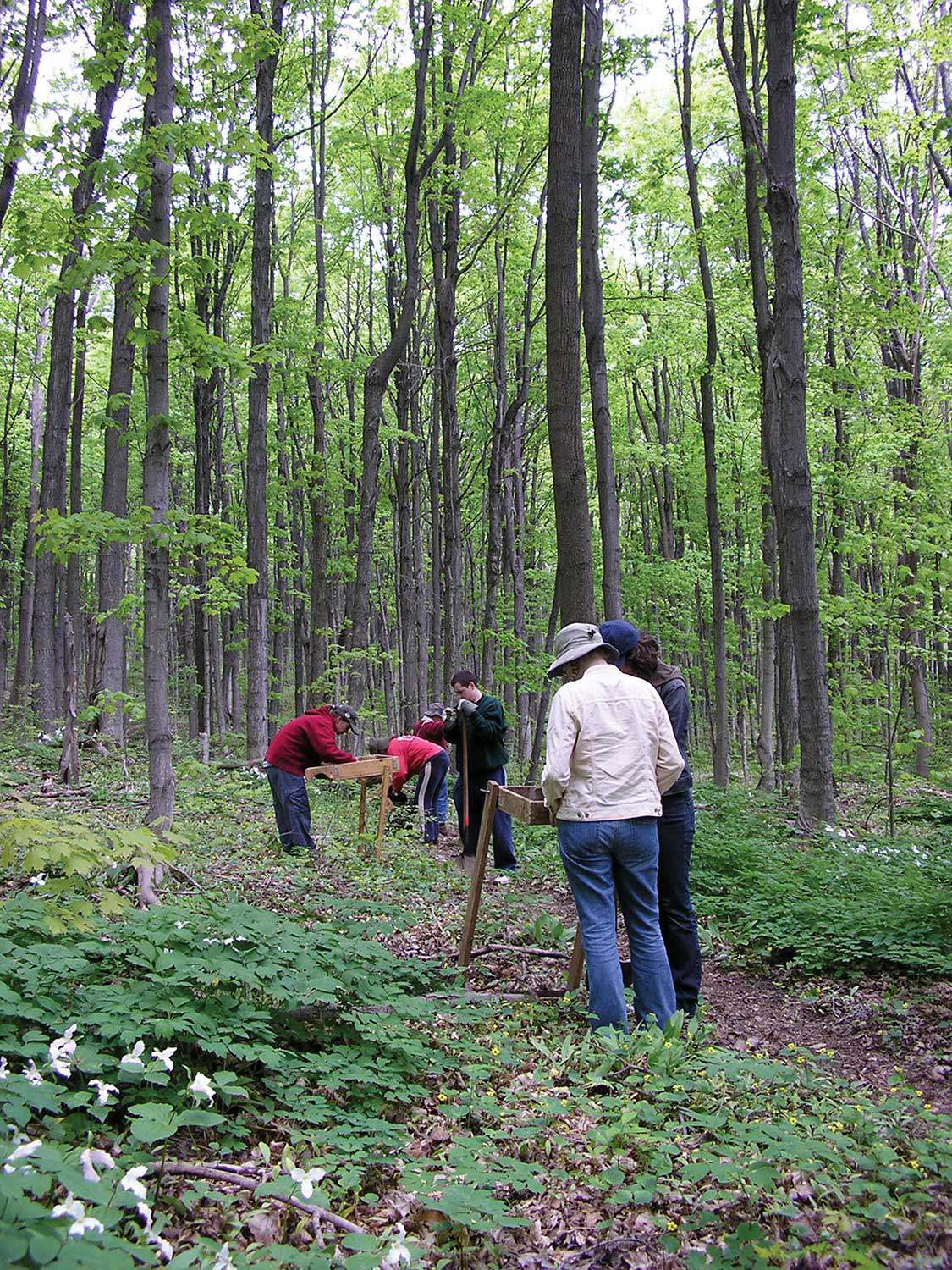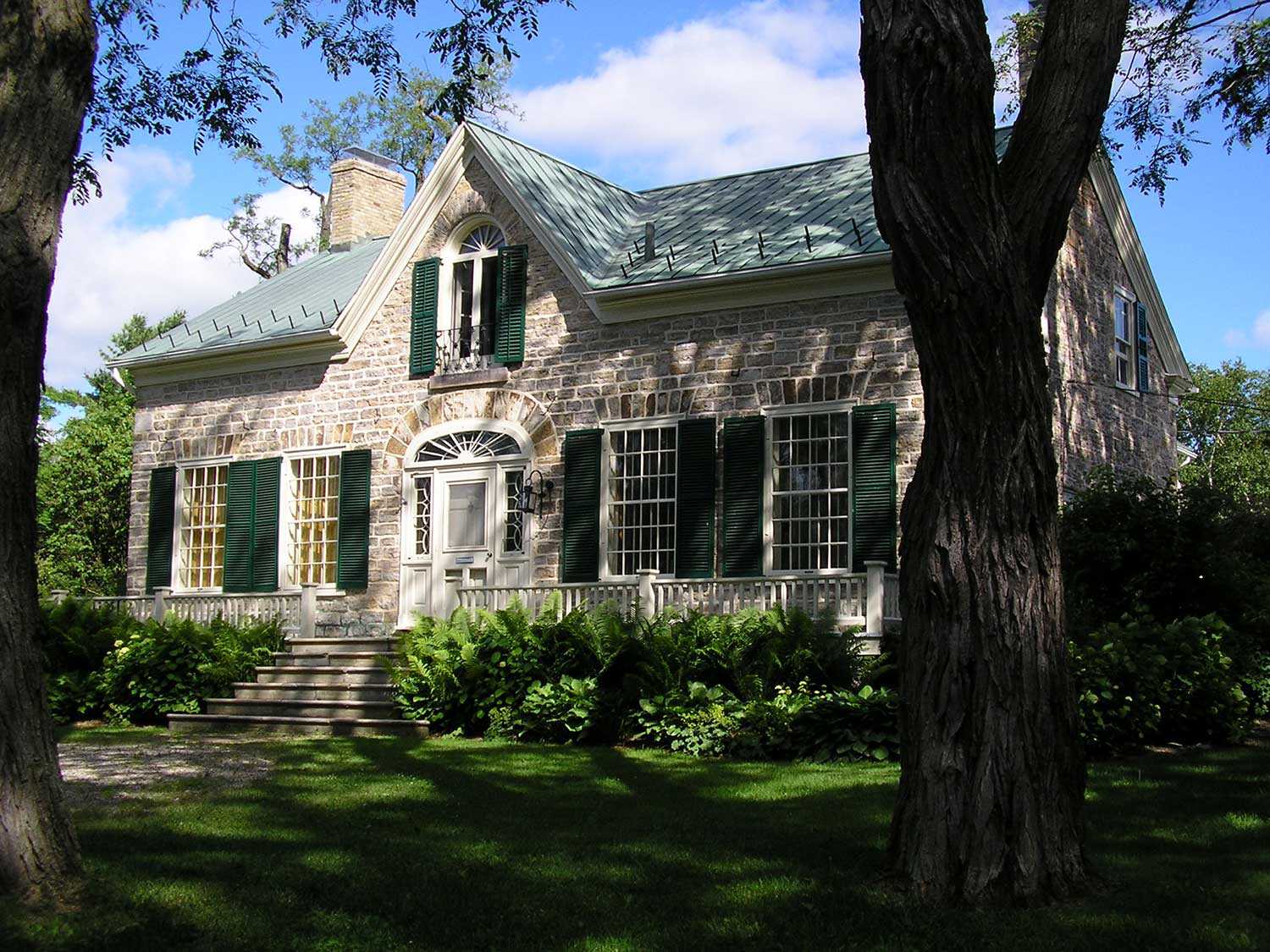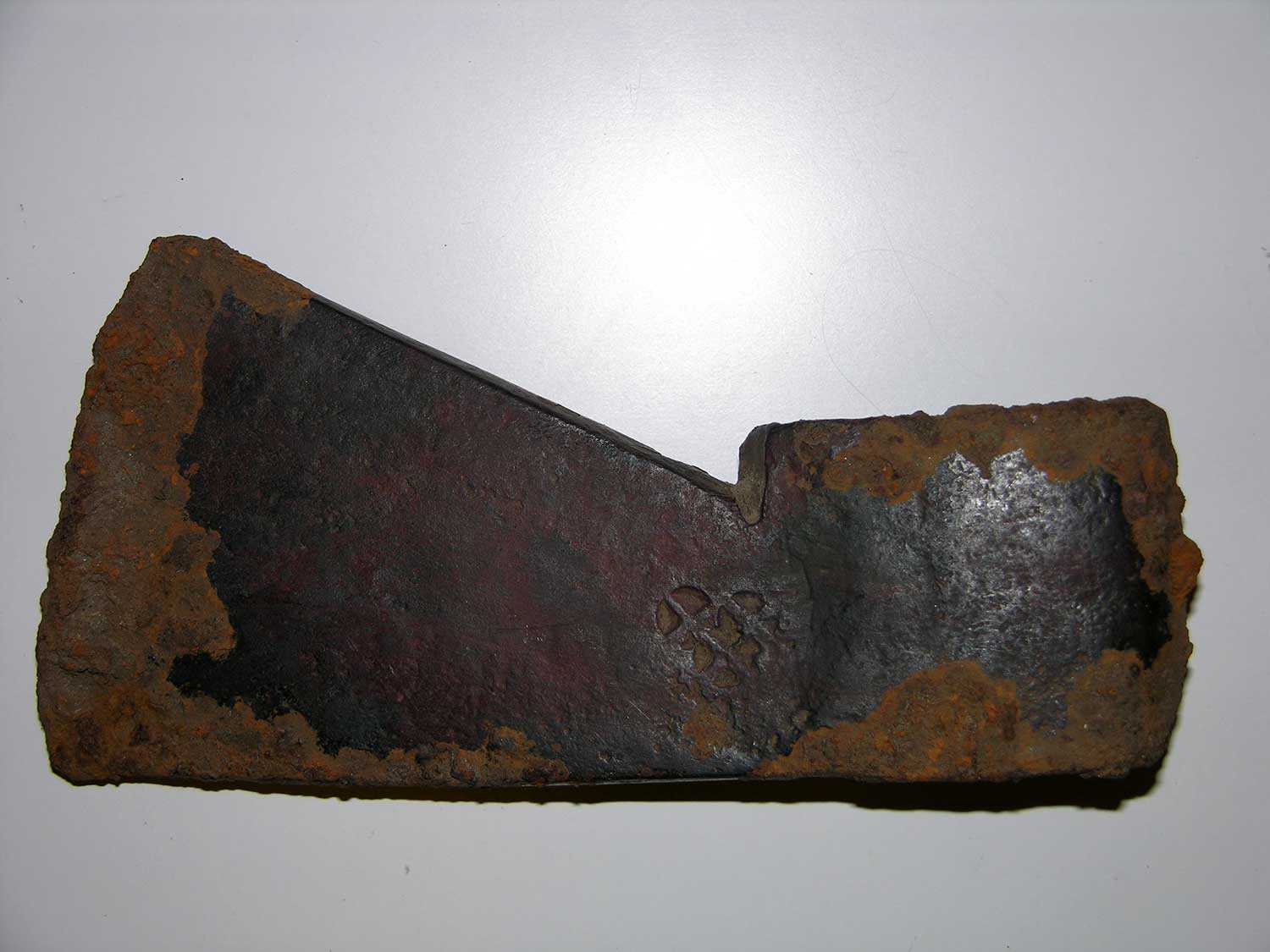

Browse by category
- Adaptive reuse
- Archaeology
- Arts and creativity
- Black heritage
- Buildings and architecture
- Communication
- Community
- Cultural landscapes
- Cultural objects
- Design
- Economics of heritage
- Environment
- Expanding the narrative
- Food
- Francophone heritage
- Indigenous heritage
- Intangible heritage
- Medical heritage
- Military heritage
- MyOntario
- Natural heritage
- Sport heritage
- Tools for conservation
- Women's heritage
Sustaining Ontario’s archaeology digitally
Archaeology has a long history of turning to new technologies to advance the pursuit of understanding our ancient past. From measuring the decay of carbon molecules in organic remains to date sites thousands of years old, to identifying the isotopic signature of the appearance of agriculture in ancient time, to examining DNA to identify historical personalities or the interconnection of people across the globe, many of the most important discoveries in archaeology have emerged as much from the lab as from the excavation site itself.
Another long tradition in archaeology worldwide is the effort to conserve and document archaeological sites prior to land development activities. The efforts of government, the development sector and archaeologists over the last 50 years have led to the documentation of tens of thousands of archaeological sites, as well as massive holdings of archaeological remains – all potentially available for scientific analyses and further advancement of the archaeological past (a potential nonetheless hampered by the dispersal of these collections to many storage facilities, and the lack of accessibility of these findings to enable advancement of research or even appreciation of that rich recovered heritage).
Ontario is a world leader in archaeological research from emerging technologies and in conserving the archaeological heritage of this place. The future of archaeology will see the integration of new digital technologies to manage the accumulated record of conservation activities, thereby enabling the promise of conservation through access, research and engagement with Ontario’s archaeological heritage by archaeologists, and by those in society who draw meaning and value from that heritage.
This trend is best reflected in the efforts of Sustainable Archaeology (SA), a research centre that strives to consolidate those dispersed archaeological collections into one place, provide for the long-term care of that material heritage, and to convert those physical collections into digital information to ensure that this compiled record is accessible online for research, education and appreciation. Sustaining Ontario’s archaeology digitally By Dr. Neal Ferris, Dr. Rhonda Bathurst, Michael Carter and Namir Ahmed Modelling a series of artifact scans into a 3D model.
Funded by the Canada Foundation for Innovation and the Ontario Research Fund, SA is a joint project of the University of Western Ontario and McMaster University, in partnership with the Museum of Ontario Archaeology. SA’s critical goal in compiling the material record of Ontario’s archaeological heritage is to shift the current archaeological status quo toward a more sustainable form of practice that uses and re-uses the record recovered in the province and to enable a broader engagement with that heritage in society.
The primary means of achieving this goal is the digitization of those thousands of archaeological collections. To do this, SA relies heavily on digitizing the amassed record to create detailed inventories of objects across sites, augmented with images and 3D models of those artifact forms that are important to archaeological research, which – as digital models – can then be subject to virtual metric and comparative analyses, undertaken remotely by archaeologists and others seeking to explore research questions of human-material patterning (either intensively across the region for one time period or across deep time trends), wherever they happen to be in the world.
At SA, an assembly line approach to 3D scanning artifacts allows for the relatively rapid generation of diagnostic artifacts, using a series of structured light scanners, each designed for scanning objects within specific size ranges. Once created, these 3D models of artifacts are accessed through SA’s online informational platform. But these models can also be repurposed within virtual reality recreations of ancient settlements – so that people, using virtual reality goggles, motion controllers and haptic (or tactile) feedback can interact with this material record in virtual or real time and space in order to advance new insights into space, time and the settings from which those artifacts once existed as the material day-to-day of the ancient peoples who left them behind. Interacting with visual reality creations of ancient environments Interacting with visual reality creations of ancient environments.
As well, a full-colour 3D printer allows researchers to explore the potential of printing copies of artifacts – at actual size or to scale – for teaching purposes, to allow handling of otherwise fragile items, to print a reconstruction of objects from the archaeological fragments of an artifact, or to explore the ethical implications of printing Ontario’s archaeological heritage.
Other technologies being used at SA include digital X-rays and a micro-CT scanner at Western to explore the internal structure of plant, animal bone and artifacts – in a non-invasive manner – to identify species or to examine at a micron-level the composition and manufacture of things. The McMaster facility relies on thin-sectioning and the use of an array of high-magnification microscopes to enable material sciences studies on artifacts and micro-artifacts.
More basically, digital technologies assist SA to manage and integrate the massive assembly of archaeological collections at McMaster and Western. For example, the SA informational platform includes an inventory module that tracks individual objects and containers through the use of radio frequency identification tags to ensure that we always know where objects are within the large repositories across the two facilities, and to ensure that the location is automatically updated as objects are moved from one room to another, or between the facilities. Indeed, the online integration of the status of all holdings can change the way a collection is managed, as portions of one collection (for example, the ceramic vessels and the plant remains from a single site) can physically reside in separate facilities across a wide range of shelf locations, but virtually remains a cohesive whole fully accessible online for digital and virtual study. This digital tracking of collections is not in and of itself a radical concept, but does provide a degree of confidence and security to basic levels of documentation, management and accessibility that has largely eluded archaeology in Ontario before now.
All of these technologies are digitally making the record broadly accessible online. But they also enable archaeologists to work together with First Nations and descendant communities to think about the archaeology of this region beyond differing priorities. At SA, it opens up the possibility of co-managing the physical and digital archaeological heritage of Ontario through an advisory committee that comprises archaeologists and First Nations that shape the philosophy and operation of SA. Moreover, a direct and unfettered access to the digital archaeological record allows First Nations and descendant communities to learn about and shape their own understanding of their heritage – in effect, crowdsourcing their own interpretations of that material record beyond archaeology.
The goal of SA – to consolidate the record digitally and make it accessible online – will shape the future of archaeology into a sustainable practice, one that integrates emerging technologies to manage and know that massive, accumulated record preserved from development impact, while ensuring that conservation efforts to make Ontario’s material past are made available to researchers, First Nations and the public. In the end, it enables us to engage with and shape our understanding of the past.

